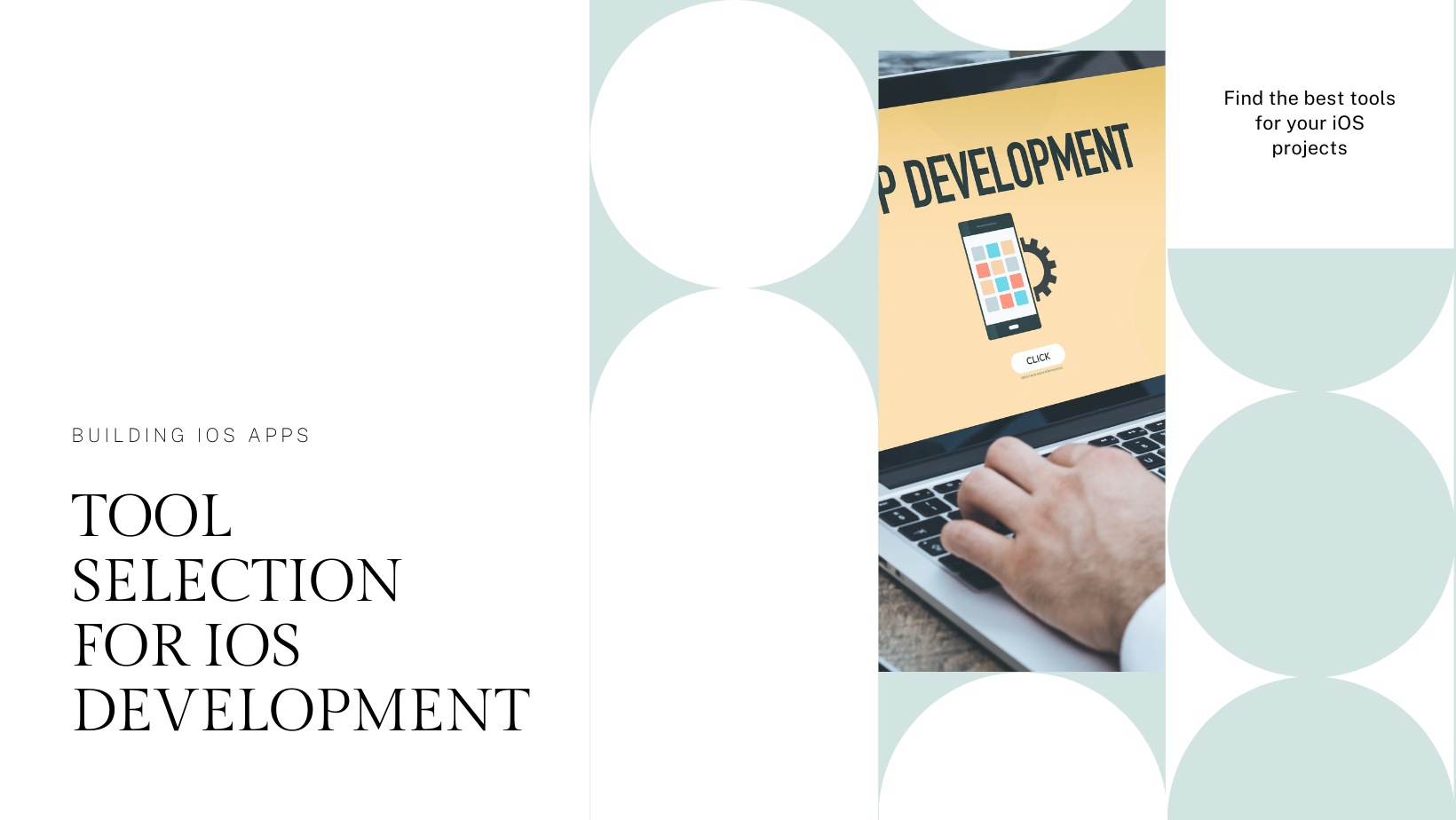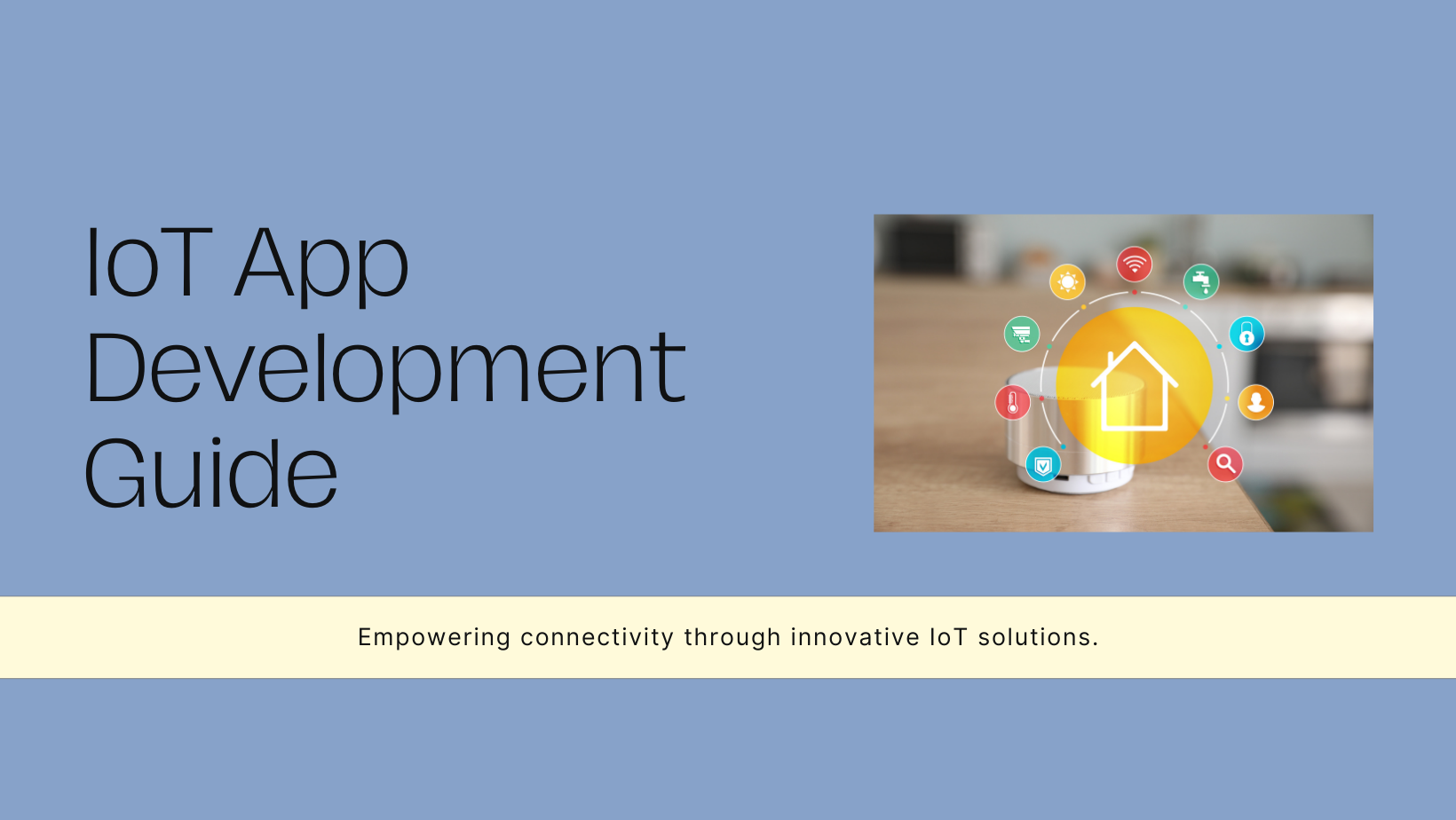Choosing the right tools for iOS development is crucial for building robust, efficient, and scalable applications that meet modern user expectations. With a plethora of tools available, ranging from integrated development environments (IDEs) to frameworks and libraries, developers need to make informed decisions to optimize their workflow and deliver high-quality iOS apps. This blog explores essential considerations and best practices for selecting the right tools, empowering developers to streamline development processes and achieve success in the competitive iOS app market.
Understanding the iOS Development Ecosystem
Before diving into specific tools, it’s essential to understand the iOS development ecosystem and the role of various tools in the app development lifecycle:
Key Components:
- Integrated Development Environments (IDEs): Tools like Xcode, JetBrains AppCode, and Visual Studio for Mac provide comprehensive environments for coding, debugging, and deploying iOS apps.
- Frameworks and Libraries: iOS developers leverage frameworks such as SwiftUI, UIKit, and Combine for building user interfaces, handling data, and integrating complex functionalities into apps.
- Testing and Debugging Tools: Tools like XCTest, SwiftLint, and Firebase Test Lab facilitate automated testing, performance monitoring, and bug detection throughout the development process.
- Version Control Systems (VCS): Git, SVN, and Bitbucket enable collaboration, version control, and code management, ensuring team efficiency and codebase integrity.
Best Practices for Choosing iOS Development Tools
1. Define Project Requirements:
Assess project scope, objectives, and technical requirements to identify tools that align with development goals. Consider factors such as app complexity, performance needs, and platform compatibility.
2. Evaluate Developer Skills and Team Dynamics:
Consider the expertise of your development team and their familiarity with specific tools. Choose tools that support team collaboration, skill enhancement, and productivity.
3. Ensure Compatibility and Integration:
Select tools that seamlessly integrate with existing technologies, frameworks, and third-party services used in your iOS development stack. Compatibility ensures smooth workflow and reduces integration overhead.
4. Prioritize Developer Experience (DX):
Opt for tools that enhance developer experience by offering intuitive interfaces, robust documentation, community support, and regular updates. Positive DX fosters productivity and creativity among developers.
5. Consider Long-Term Support and Maintenance:
Choose tools backed by active developer communities, vendor support, and long-term maintenance plans. Reliable support ensures timely updates, security patches, and compatibility with future iOS releases.
Essential Tools for iOS Development
1. Xcode:
Apple’s official IDE, Xcode, offers a complete suite of tools for iOS, macOS, watchOS, and tvOS development. It includes a code editor, graphical interface builder, testing tools, and support for Swift and Objective-C programming languages.
2. SwiftUI:
SwiftUI is Apple’s declarative framework for building user interfaces across all Apple platforms. It simplifies UI development with a concise syntax and real-time previews, enhancing productivity and enabling rapid prototyping.
3. Firebase:
Firebase offers a comprehensive suite of backend services, including real-time database, authentication, cloud storage, and analytics. It simplifies backend development, enables scalable app growth, and provides robust tools for app monitoring and optimization.
4. Fastlane:
Fastlane automates iOS app deployment, release management, and beta testing processes. It integrates with CI/CD pipelines and supports tasks such as code signing, screenshots generation, and release notes distribution, saving time and reducing errors.
5. CocoaPods and Swift Package Manager (SPM):
CocoaPods and SPM facilitate dependency management in iOS projects. CocoaPods offers a vast library of third-party libraries and dependencies, while SPM provides native support for Swift packages and simplifies dependency resolution and integration.
Conclusion
Choosing the right tools for iOS development is fundamental to delivering high-performance, user-friendly applications that resonate with today’s mobile users. By understanding project requirements, evaluating developer skills, and prioritizing compatibility and support, developers can optimize their workflow and maximize efficiency throughout the development lifecycle. Embrace tools that enhance collaboration, streamline processes, and empower creativity to drive innovation and success in the competitive iOS app market.
At Sodio Technologies, we specialize in leveraging cutting-edge tools and technologies to craft impactful iOS applications tailored to your business needs. Whether you’re starting a new project or enhancing an existing app, our expertise ensures seamless integration of tools that accelerate development and deliver exceptional user experiences. Contact us today to embark on a successful iOS development journey and achieve your app goals with confidence.






